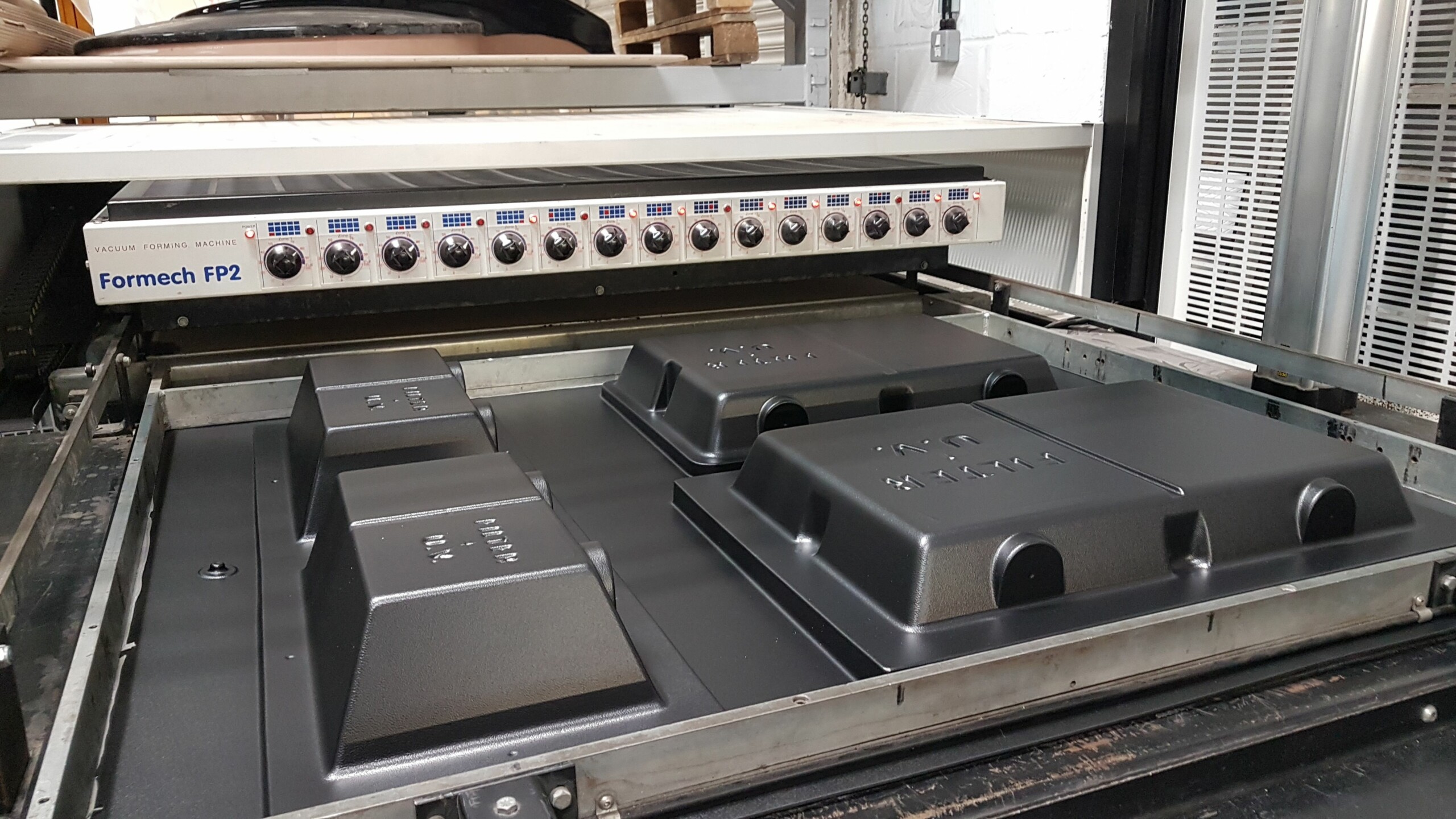Advanced Vacuum Forming Methods
Advanced Vacuum Forming Methods
Blog Article

Vacuum forming is a popular thermoplastic molding method that involves heating a thermoplastic sheet until it becomes pliable, then applying vacuum pressure to shape it over a pre-designed mold.
Vacuum Forming Procedure
To produce a vacuum-formed product, the plastic sheet is first placed into a frame and heated until it becomes soft. Once the material is ready, it is laid over a pattern, and a vacuum is applied to suction the material tightly over the mold, ensuring the intended shape.
After forming, the material is cooled to retain its shape. The final product is then refined to remove unwanted material and finished for distribution.
Applications of Vacuum Forming
This technique is widely used in numerous industries, including packaging, to produce tailor-made components. Some common products made using vacuum forming include:
- Car dashboards
- Plastic packaging
- Medical device casings
- Retail displays
Why Choose Vacuum Forming?
One of the biggest pros of vacuum forming is its cost-effectiveness. Other significant benefits include:
- Rapid production
- Affordable molds
- Flexibility in design
- Lightweight materials
Conclusion
Vacuum forming is a reliable process that facilitates the creation of high-quality plastic products at a competitive price.
Vacuum Forming Report this page